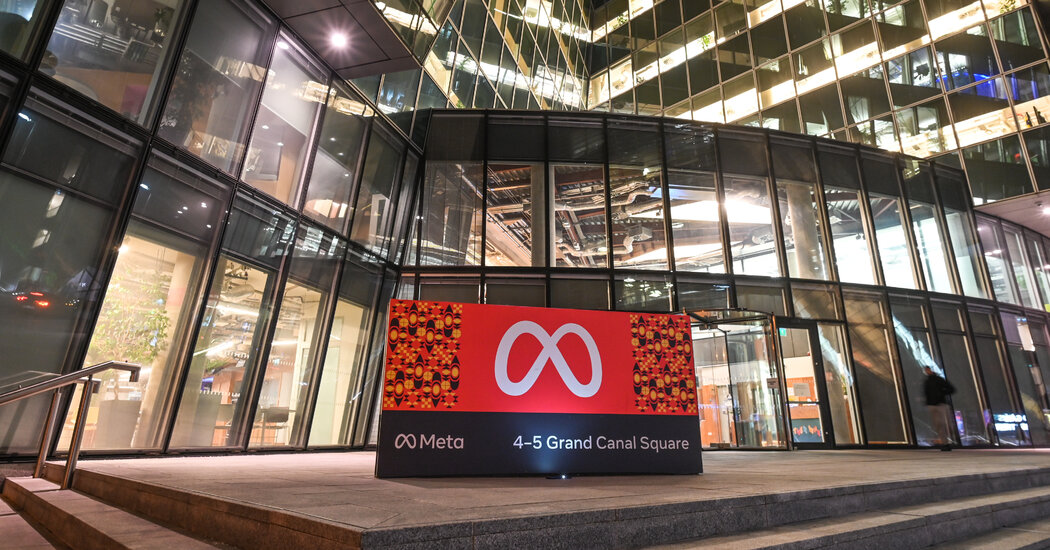Money Dysmorphia – The New York Times
shoptalk
/ˈmə-nē dis-ˈmȯr-fē-ə/
A nagging insecurity about one’s finances — even when one is on solid footing — that is most prevalent among Gen Z and millennials.
This article is part of Shop Talk, a regular feature that explores the idioms of the business world: the insider jargon, the newly coined terms, the unfortunate or overused phrases.
Flashy cars. Five-figure handbags. Island vacations.
With the steady stream of conspicuous consumption on social media, it may be easier than ever to feel that you’re always on a beer budget, even if you can afford a bit of champagne.
And there’s a name for that: “money dysmorphia.”
This term, while not entirely new, has been ricocheting around the internet as a way to describe people’s often complicated relationship with money. It borrows from the term “body dysmorphic disorder,” a mental health condition that causes a person to obsess about a perceived physical flaw.
Money dysmorphia (not an actual diagnosis) refers to someone who is irrationally insecure about finances. That mind-set, financial planning experts say, can lead to money missteps including overspending or risky investments.
It’s like “keeping up with the Joneses,” said Courtney Alev, a consumer financial advocate at Intuit Credit Karma, a personal finance company. For those who feel that their wealth doesn’t match up, it’s easy to “give up altogether and blow their money on things that might make them happy in the moment but will leave them without a nest egg down the line.”
In a recent survey of American adults by Qualtrics for Intuit Credit Karma, 29 percent said they experienced money dysmorphia.
It’s hitting younger people the hardest, the study found. Forty-three percent of Gen Z respondents, who are in their late 20s or younger, and 41 percent of millennial respondents, who are in their late 20s to early 40s, said they experienced money dysmorphia. By contrast, 25 percent of Gen Xers, in their mid- to late 40s and 50s, and just 14 percent of people 59 and older said they did.
Legitimate financial worries like a cooling job market, student loan debt, and sky-high costs for housing and child care may be making it harder for some younger Americans to imagine meeting the money milestones set by prior generations. Ms. Alev said the ostentatious lifestyles they saw online often worsened feelings of inadequacy.
In a 2023 survey for Edelman Financial Engines, a financial planning firm, a third of respondents said they spent more than they could afford on things like a vacation or luxury item to keep up with the “digital Joneses.” That number jumped to over half for respondents who spent more than three hours a day on social media.
The recent proliferation of financial content across the internet and social media — some expert and some less so — may also be making it harder for people to feel confident in their choices, said Kevin Mahoney, founder of Illumint, a millennial-focused financial planning firm.
It’s easier than ever to find people online talking about “how much they are making, how quickly they earned X amount of dollars or ‘Here’s what you should have accomplished by age 30,’” Mr. Mahoney said. “It doesn’t mean that it applies appropriately to your life.”


